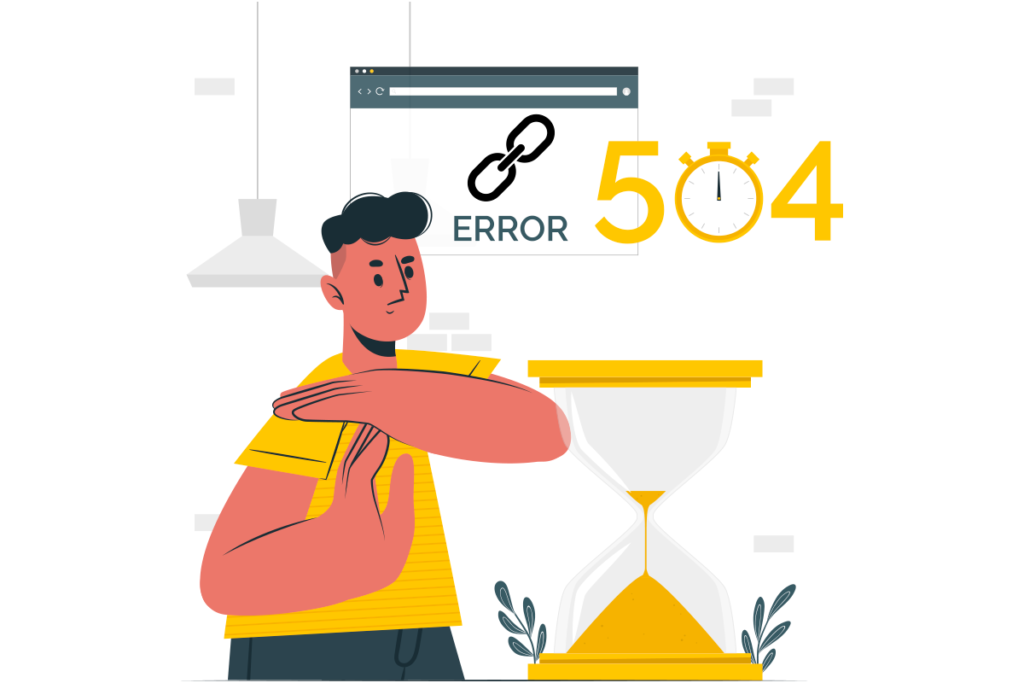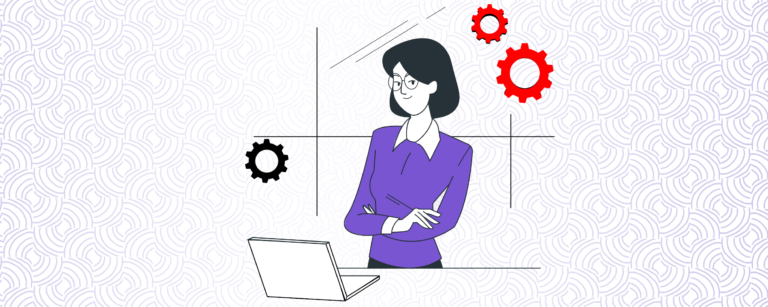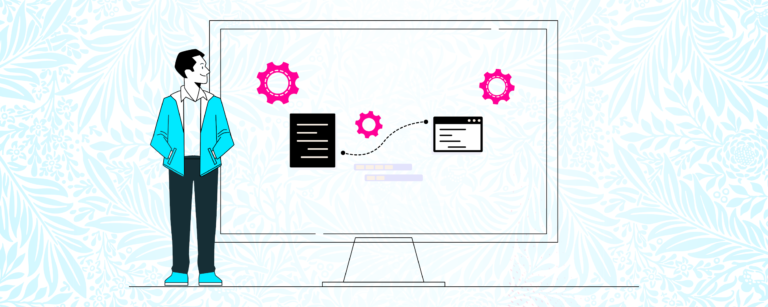How to Fix Broken Links Without Losing SEO Power or Customers
Broken links are more than just a minor annoyance that can lead to lost SEO value, frustrate potential customers, and erode your site’s credibility.
As a business, you understand the intricate balance between SEO, user experience, and maintaining brand trust. However, what happens when you find broken links across your site? You don’t want to lose all the SEO equity you’ve worked hard to build or risk alienating your customers.
This article explores the advanced strategies on how to fix broken links without losing SEO power or customers, with actionable insights that go beyond the basics.
Advanced Link Auditing Techniques

If you’re already running regular audits, good job! But now’s the time to step it up. Basic tools like Google Search Console can help detect broken links, but for expert-level oversight, you need more comprehensive solutions.
Consider using Screaming Frog, Ahrefs, or DeepCrawl for large-scale link audits. These tools go beyond simple broken link detection by providing insights on redirect chains, soft 404s, and other issues that could go unnoticed with a basic audit.
If you’re dealing with large websites or multiple domains, you can use log file analysis to identify broken links in the deepest corners of your site. Log files track how search engines crawl your website, revealing broken links that may not trigger 404 errors but still impede crawl efficiency.
Integrating server-side monitoring into your SEO strategy gives you a more granular understanding of link health and overall site performance.
What’s more interesting?
For sites that change frequently (like e-commerce platforms or media sites), broken links are an ongoing concern. Set up automated link checks to identify issues in real time, using APIs from tools like Ahrefs or custom scripts that run daily crawls.
301 vs. 302 Redirects: Making the Right Call
When it comes to fixing broken links, choosing the right type of redirect is crucial. Most of us know that 301 redirects are ideal for maintaining SEO value when you permanently move or delete a page. But how often have you relied on 302 redirects because the fix was “temporary,” only to leave it in place for months?
Well, 302 redirects don’t pass full SEO equity, they can be useful in certain scenarios, like temporary sales, product launches, or when you’re A/B testing different landing pages. If you know a page will be back soon, a 302 can help keep things clean without confusing Google’s crawl.
That said, always be mindful of when and where you deploy redirects. Misusing them, especially 302 redirects, can cause search engines to think your site is still in flux, leading to ranking instability.
Our advice?
Redirect management can get messy. Track your redirects in a centralized log and review them regularly to avoid redirect chains or outdated 302s becoming permanent issues.
Minimizing Downtime During Link Fixes

One of the biggest concerns with broken links is that fixing them can sometimes lead to downtime, either in SEO value or user experience. Therefore, you don’t have to take your entire website offline or cause massive disruptions just to clean up your link structure.
Consider using a staged rollout when applying changes, especially on large websites. This allows you to fix broken links section by section, keeping downtime to a minimum and ensuring each stage of the fix is thoroughly tested before moving on.
Also, always run your fixes through a sandbox environment first. Sandbox testing allows you to see how redirects and link changes will affect your site in a controlled setting without affecting live users or bots.
Want to be on the safe side?
No matter how careful you are, some broken links will slip through. Custom 404 pages can help salvage user experience by directing visitors back to high-value areas of your site. Include clear CTAs, such as links to your homepage or popular products.
Preserving Link Equity Through Redirect Chains

One of the biggest mistakes in managing broken links is redirect chains. These occur when you redirect one URL to another, which is then redirected again to a different URL. Every additional step dilutes your PageRank and slows down site speed, hurting both SEO and user experience.
If you’re running audits and spot redirect chains, it’s essential to clean them up. Ideally, every redirected URL should point directly to its final destination in a single hop. You can use tools like Screaming Frog or Ahrefs to map out your redirect chains and ensure none of them extend beyond one step.
By flattening these chains, you not only preserve more link equity but also improve the user experience by reducing load times and potential bottlenecks.
Our take on this
When prioritizing which chains to clean up, start with your highest-traffic and most valuable pages (like key product pages or cornerstone blog content). These will have the greatest impact on your site’s SEO and user engagement.
Optimizing for User Experience Alongside SEO
Fixing broken links isn’t just an SEO concern, it’s also crucial for maintaining a seamless user experience (UX). Visitors encountering 404 errors or getting lost in redirect loops are more likely to bounce, which can hurt both your traffic metrics and your bottom line.
Align your SEO and UX goals by focusing on the links that most directly impact user journeys. These include links in your conversion funnel, CTAs, and core navigation paths.
Fixing broken links here not only protects your SEO value but also helps keep customers on track toward making a purchase or filling out a lead form.
Proactive Monitoring and Maintenance
The key to maintaining both SEO and UX integrity is proactive link monitoring. Set up automated monitoring systems that notify you of broken links in real time. Many of the tools mentioned earlier (like Ahrefs and Screaming Frog) can run on a schedule, giving you regular updates on link health.
We would suggest you not rely on tools alone. Train your content and web development teams to follow best practices for preventing broken links during site updates.
While adding new content, revising old posts, or rolling out product pages, having a preventive mindset will help avoid issues before they arise.
Additionally, stay on top of user-generated content or any other third-party content where you have less control. Use URL shorteners with built-in monitoring, or schedule regular checks for links that may break over time.
A Quick tip
Pages that update often like blog posts, e-commerce listings, or seasonal landing pages are prone to broken links. Include them in your regular monitoring schedule to prevent issues from slipping through the cracks.
Let us Refine Your Process
At OutreachMani, we’ve refined the broken link-building process so it’s both efficient and impactful.
- We use advanced tools and in-depth research to identify broken link opportunities on high-quality, relevant sites within your niche.
- Crafts personalized, non-intrusive outreach messages that resonate with site owners and encourage them to replace their broken links with your content.
- Monitors the success of each campaign, ensuring you get the maximum SEO benefit without unnecessary hassle.






